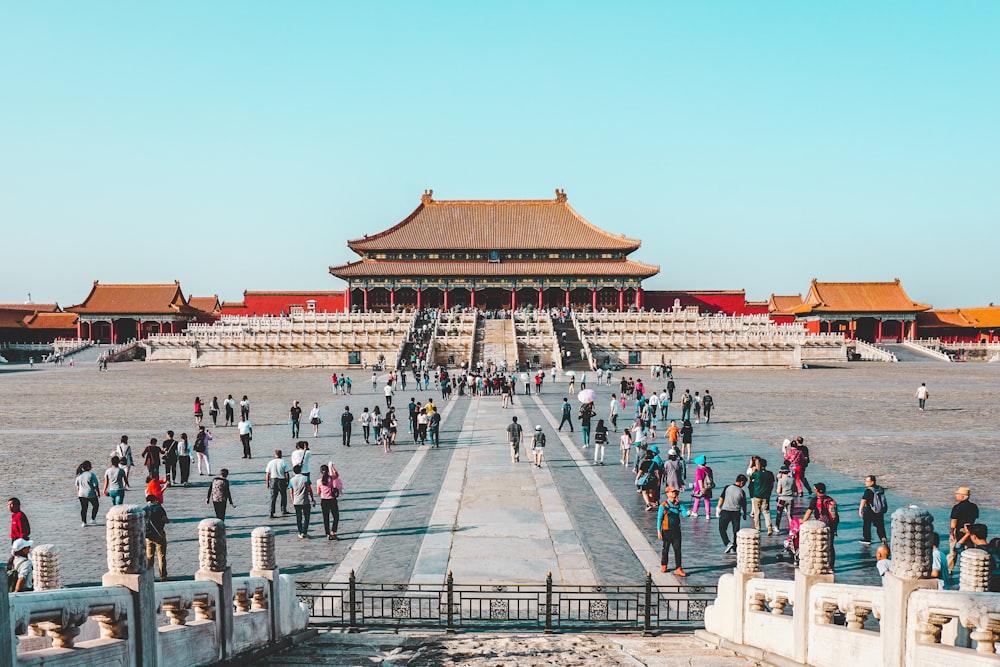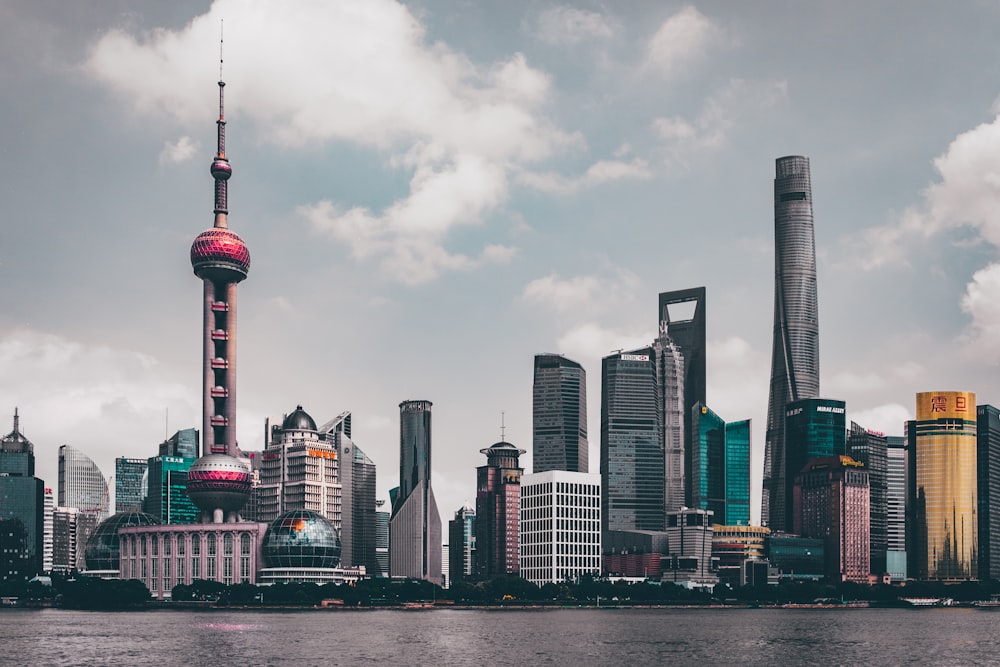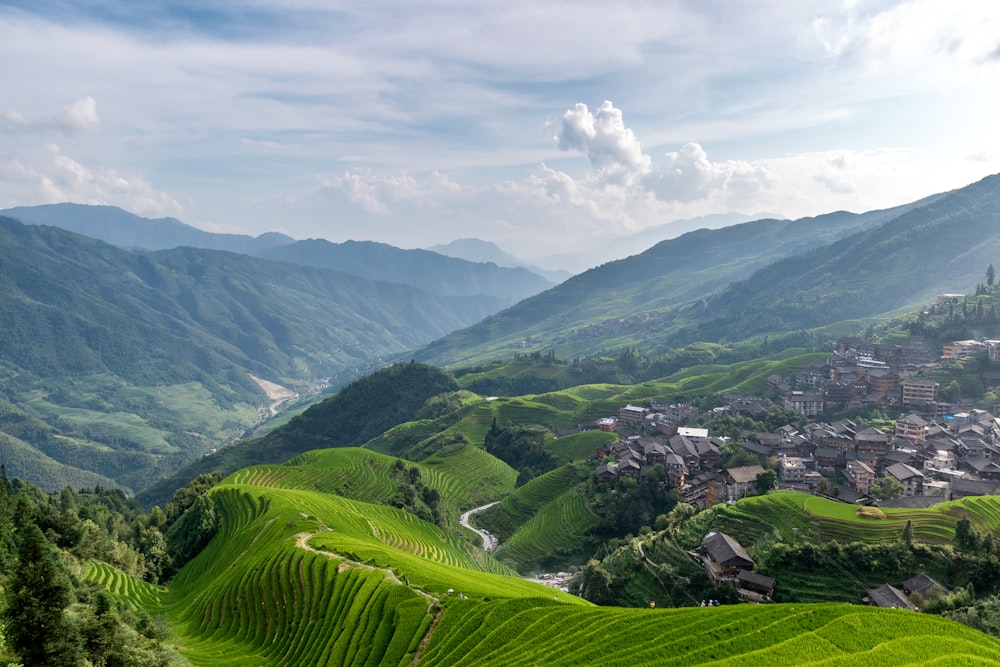Best Time to Visit China 2023
China can offer tourists an unforgettable trip for an extended time of the year. Whenever you’re traveling, there are places you should see and visit in China. Chinese authorities have announced that the country will resume all types of tourism visa applications. If your China tourist visa has expired since COVID-19, then you may renew it immediately by applying. In this blog we will help you answer when is the best time to visit china.
China is a vast country with diverse climates and landscapes, so the best time to visit depends on where you’re going and what you want to do. Here are some general guidelines to help you plan your trip:
Spring (March to May): Spring is a popular time to visit China, especially in April and May when the weather is mild and the flowers are in bloom. This is a great time to visit cities like Beijing, Shanghai, and Xi’an, as well as the scenic regions of Guilin and Yunnan.
Summer (June to August): Summer can be hot and humid in much of China, but it’s a good time to visit the northern regions like Inner Mongolia, and the mountainous areas of Tibet and Xinjiang. It’s also a good time to visit the grasslands of Inner Mongolia and the Gobi Desert.
Autumn (September to November): Autumn is a popular time to visit China, especially in October when the weather is cool and dry. This is a great time to visit the Great Wall, the Forbidden City, and other popular attractions in Beijing. The countryside is also beautiful during this time, with colorful foliage and harvest festivals.
Winter (December to February): Winter can be cold and snowy in much of China, but it’s a great time to visit the ski resorts of Harbin and other northern cities. It’s also a good time to visit the southern regions of Yunnan and Guangxi, where the weather is mild and the scenery is beautiful.
Overall, the best time to visit China is during the spring and autumn, when the weather is mild and the scenery is beautiful. However, if you’re interested in specific activities during off season or in different regions, you may want to plan your trip accordingly.
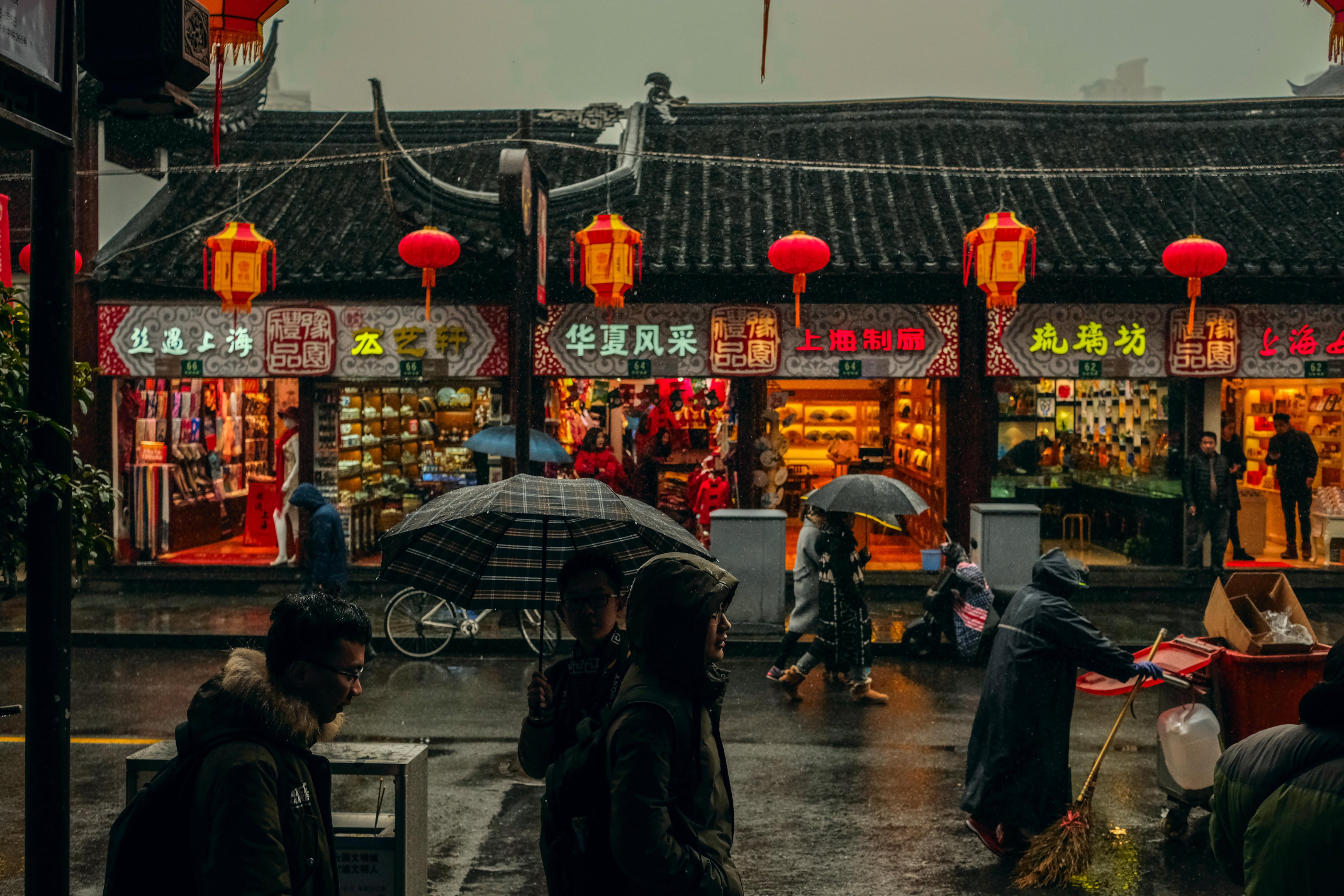
Why You Should Visit China
China is a vast and diverse country with a rich cultural heritage and breathtaking natural beauty. From the iconic Great Wall to the bustling cities of Beijing and Shanghai, there is something for everyone to discover. Visitors can experience delicious cuisine, vibrant festivals, and ancient traditions that have been preserved for thousands of years. China’s modernity and innovation are also on display with its cutting-edge technology and architecture. The warmth and hospitality of the Chinese people are sure to leave a lasting impression on any traveler. In short, China is a must-visit destination for anyone seeking an unforgettable adventure.
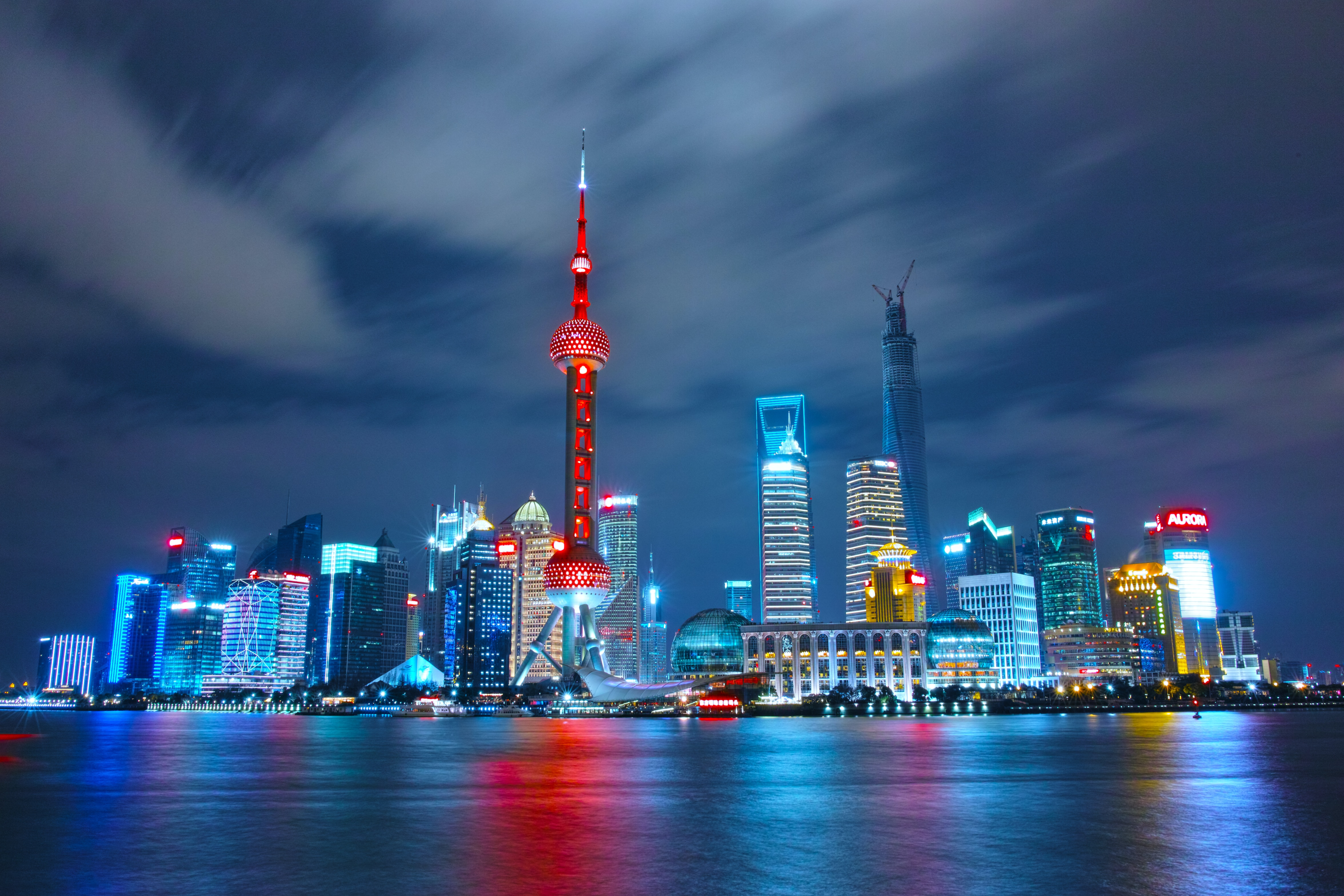
Best time to visit the Great Wall of China
The best time to visit the Great Wall of China depends on personal preferences and travel goals. The peak tourist season runs from April to October when the weather is generally warm and dry. However, this also means larger crowds and higher prices. For those looking to avoid the crowds and enjoy cooler temperatures, the rainy season and shoulder seasons of March and November are good options. The winter months (December-February) may also be a great time to visit for those who don’t mind the cold and want to experience a more serene atmosphere. It’s important to note that some sections of the Great Wall may close during winter due to ice and snow, so it’s best to check ahead of time.
When to go to China, month by month guide
Here is a month-by-month guide on when to go to China:
March: March is a good time to visit China as the weather is starting to warm up, and there are fewer crowds. The peach blossom and cherry blossom season in southern China also occurs during this time.
April to May: Spring is a popular time to visit China, with mild temperatures and blooming flowers. However, this is also peak tourist season, so expect larger crowds and higher prices.
June to August: Summer is hot and humid in China, but it’s a great time to explore the countryside and enjoy outdoor activities. This is also the season for various festivals, such as the Dragon Boat Festival.

September to October: This is the best time to visit China as the weather is cool and comfortable, and the scenery is stunning with autumn foliage. The National Day holiday in early October can lead to larger crowds and higher prices.
November to February: Winter is a quieter time to visit China, with fewer crowds and lower prices. However, it can be very cold, especially in northern China, and some tourist sites may be closed or have limited hours.
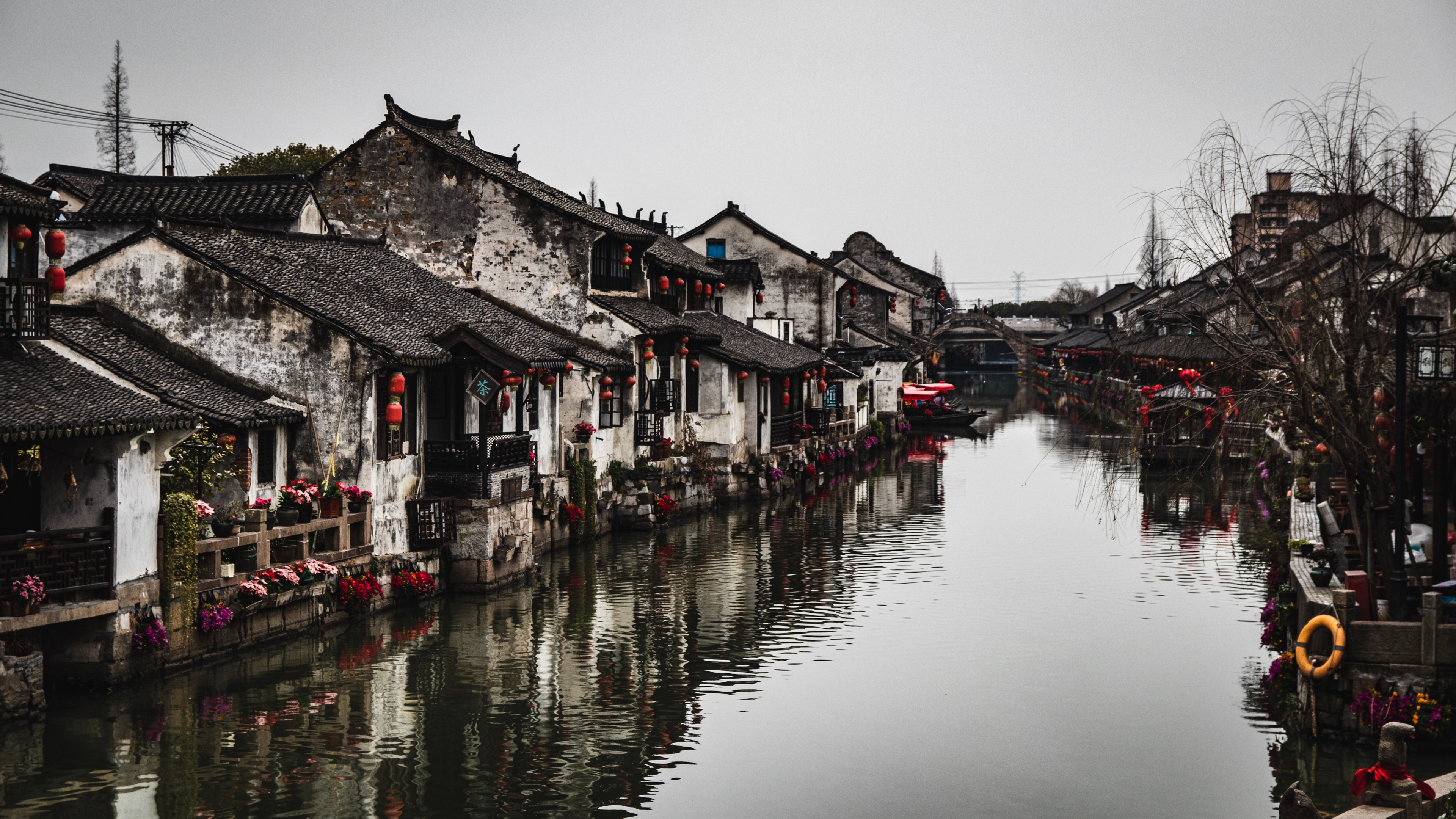
Least Busy Time to Visit China
The least busy time to visit China is during the winter months, from November to February, except for the Chinese New Year period. The weather is cold, and some tourist sites may have limited hours or be closed, but it’s an excellent opportunity to experience a quieter side of China and enjoy lower prices. It’s important to note that some areas in northern China may experience heavy snowfall during this time, so it’s best to check ahead of time and pack accordingly.
China Weather & Climate by Season
China’s weather and climate vary significantly depending on the season and region. Here’s a breakdown of China’s weather by season:
Spring (March to May): Spring is generally mild and pleasant in most parts of China, with temperatures ranging from 10-20°C (50-68°F). However, the weather can be unpredictable, and it can rain frequently, especially in southern China.
Summer (June to August): Summer is hot and humid in most parts of China, with temperatures ranging from 25-35°C (77-95°F). The south of China experiences frequent rainfall and occasional typhoons, while the north can be dusty and dry.

Autumn (September to November): Autumn is a popular time to visit China, with comfortable temperatures ranging from 10-25°C (50-77°F) and stunning foliage. However, it can also be a windy and dry season, especially in northern China.
Winter (December to February): Winter is cold and dry in most parts of China, with temperatures ranging from -10 to 10°C (14-50°F). However, southern China is relatively mild, and there can be heavy snowfall in northern China.
Bring Suitable Clothing While Travel Different Seasons
Spring (March to May):
Pack a light jacket or sweater as the weather can still be chilly, especially at night.
Bring comfortable walking shoes as you’ll likely be doing a lot of sightseeing.
Carry an umbrella or raincoat as it can rain frequently, especially in southern China.
Wear layers, including long-sleeved shirts, as it can be cool in the mornings and evenings.
Summer (June to August):
Pack light and breathable clothing, such as cotton or linen, as it can be hot and humid.
Bring sunscreen, sunglasses, and a hat to protect yourself from the sun.
Wear comfortable sandals or shoes for walking.
Consider carrying a portable fan or a handkerchief to stay cool.
Fall (September to November):
Pack layers, including a light jacket or sweater as the weather can be unpredictable.
Bring comfortable walking shoes.
Consider bringing a scarf, gloves, and a hat for the colder mornings and evenings.
Pack rain gear as it can be a windy and dry season, especially in northern China.
Winter (December to February):
Pack warm clothing, including a heavy jacket, scarf, gloves, and hat, as it can be very cold, especially in northern China.
Wear warm and waterproof boots to navigate the snow and ice.
Consider bringing thermal underwear and woolen socks for extra warmth.
Pack lip balm and moisturizer as the dry winter air can be harsh on the skin.
Best Time to Experience China’s Traditional Festivals
China is famous for its traditional festivals, and experiencing them can be a highlight of any trip to China. Here’s a breakdown of the best time to experience some of China’s most popular festivals:
Chinese New Year (January/February): Chinese New Year is the biggest and most important festival in China. It falls on the first day of the lunar calendar, usually in January or February. The festival lasts for 15 days and includes fireworks, dragon and lion dances, family gatherings, and the giving of red envelopes filled with money. If you’re visiting China during this time, make sure to plan ahead as transportation and accommodations can be very crowded and expensive.
Lantern Festival (February/March): The Lantern Festival marks the end of the Chinese New Year celebrations and falls on the 15th day of the first lunar month. It’s a time for making and admiring lanterns, eating sweet glutinous rice dumplings, and enjoying colorful parades and performances.
Qingming Festival (April): Qingming Festival, also known as Tomb-Sweeping Day, is a time to pay respect to ancestors and loved ones who have passed away. It falls on April 4th or 5th and is a time for cleaning and tidying graves, burning incense and paper offerings, and enjoying outdoor activities like flying kites.
Dragon Boat Festival (June): The Dragon Boat Festival falls on the fifth day of the fifth lunar month, usually in June. It’s a time to honor the patriotic poet Qu Yuan and features dragon boat races, zongzi (glutinous rice wrapped in bamboo leaves), and the wearing of sachets filled with herbs to ward off evil.
Mid-Autumn Festival (September/October): The Mid-Autumn Festival falls on the 15th day of the eighth lunar month, usually in September or October. It’s a time for family reunions and moon appreciation, with mooncakes (sweet pastries filled with lotus seed paste or other fillings) being a traditional food.
Overall, the best time to experience China’s traditional festivals depends on personal preferences and travel plans. However, if you’re interested in experiencing these festivals, make sure to plan ahead and check the dates as they follow the lunar calendar and can vary from year to year.
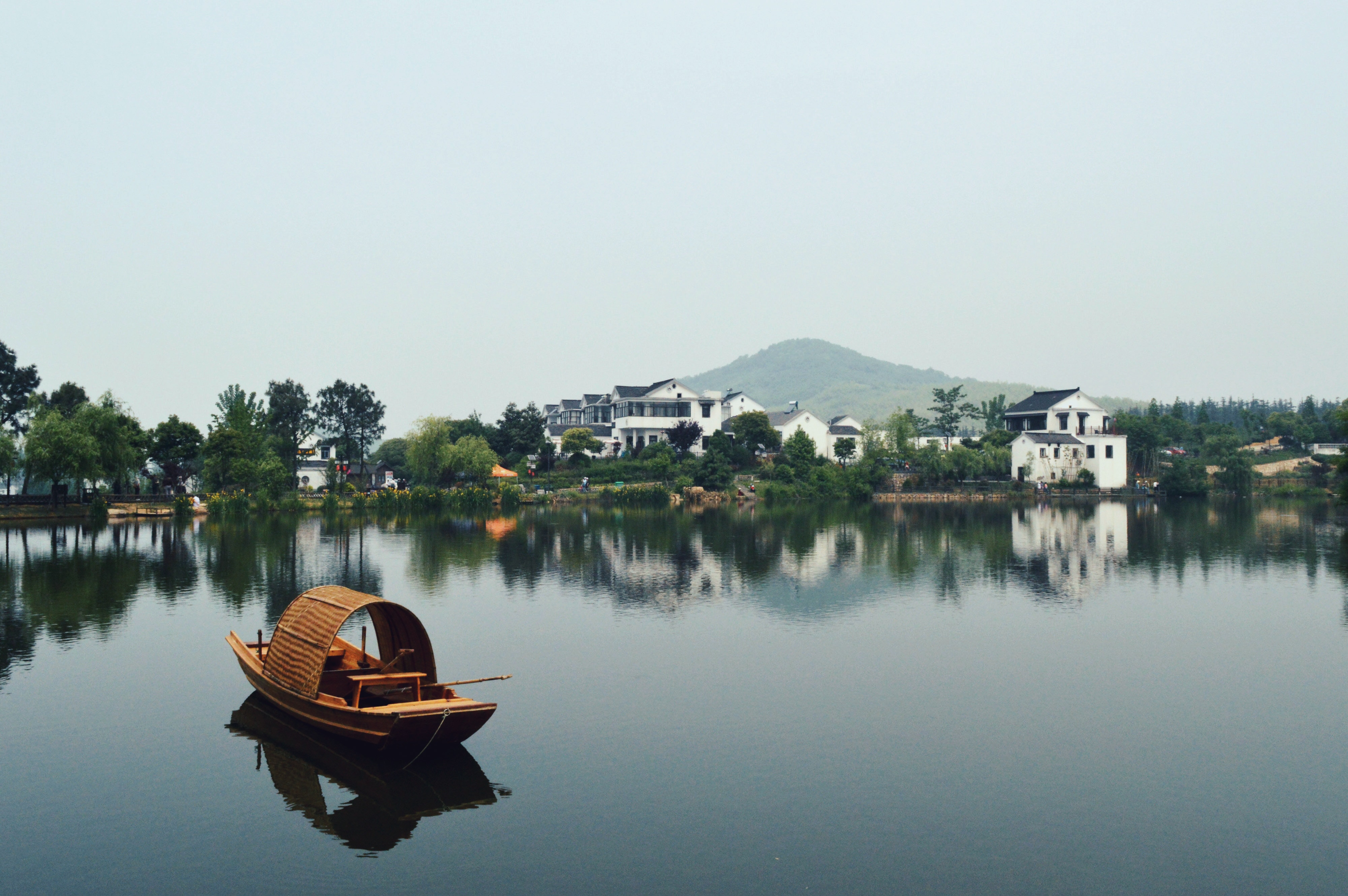
Recommended Tour Itinerary for First-Time Travelers
For first-time travelers to China, here is a recommended tour itinerary that covers some of the major national holidays here, the must-see destinations and cultural highlights:
Day 1-3: Beijing Visit the iconic attractions such as the Great Wall, Forbidden City, Temple of Heaven, and Summer Palace. Explore the traditional hutongs (narrow alleys) and enjoy the famous Peking Duck.
Day 4-5: Xi’an Visit the Terracotta Army, the ancient City Wall, and the Muslim Quarter. Taste the local cuisine and enjoy the cultural show at the Tang Dynasty Palace.
Day 6-7: Chengdu Experience the adorable Giant Pandas at the Chengdu Research Base of Giant Panda Breeding, visit the Leshan Giant Buddha and enjoy the spicy Sichuan cuisine.
Day 8-9: Yangshuo Take a scenic cruise on the Li River and explore the picturesque karst landscape of Yangshuo by bike or on foot.
Day 10-11: Shanghai Explore the modern metropolis of Shanghai and visit the famous Bund, Yu Garden, and Xintiandi. Taste the delicious local cuisine and enjoy the vibrant nightlife.
Day 12-13: Hangzhou Take a boat ride on the West Lake, visit the Lingyin Temple, and explore the tea plantations at the Longjing Tea Fields.
Northern China
Northern China is a vast region that includes several provinces, and major cities including Beijing, Tianjin, Hebei, Shanxi, and Inner Mongolia. Here are some of the top destinations to visit in the Northern part of China:
Beijing: As the capital city of China, Beijing is a must-visit destination in China. Visit the iconic attractions such as the Great Wall, Forbidden City, Temple of Heaven, and Summer Palace. Explore the traditional hutongs (narrow alleys) and enjoy the famous Peking Duck.
Tianjin: Located southeast of Beijing, Tianjin is a charming port city with a rich history and culture. Visit the Ancient Culture Street, the Italian Style Street, and the Tianjin Eye Ferris Wheel for panoramic views of the city.
Chengde: Known as the “Mountain Resort,” Chengde was once the summer retreat of the Qing emperors. Visit the Chengde Mountain Resort and the nearby temples, including the Puning Temple and the Putuo Zongcheng Temple.
Datong: Located in Shanxi Province, Datong is known for its ancient Buddhist grottoes, including the Yungang Grottoes, a UNESCO World Heritage site. Visit the Hanging Monastery, a unique architectural wonder built into the side of a cliff.
Inner Mongolia: This vast region offers a unique cultural experience with its grasslands, deserts, and nomadic tribes. Visit the Hohhot city to experience the traditional Mongolian culture, explore the vast Gobi Desert, and ride horses in the grasslands.
Pingyao: Located in Shanxi Province, Pingyao is a well-preserved ancient city with over 2,700 years of history. Visit the ancient city walls, temples, and traditional courtyards to experience the traditional architecture and culture of China.
China offers a unique blend of historical, cultural, and natural attractions. Whether you’re interested in exploring the ancient architecture, trying the local cuisine, or experiencing the traditional culture.
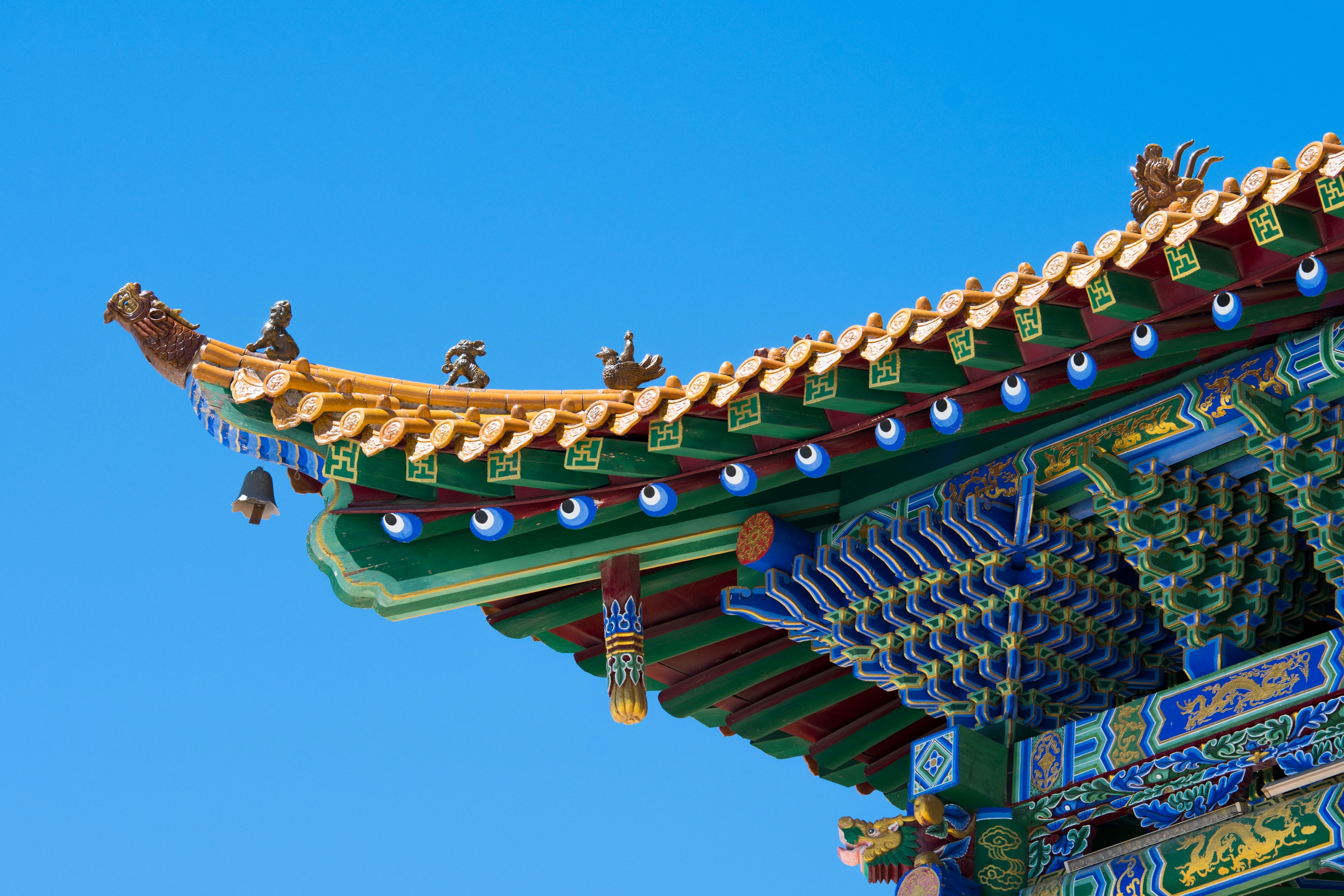
Southern China
Southern China is a diverse region that includes several provinces, and southern coastal cities, including Guangdong, Fujian, Jiangxi, Hunan, Guangxi, Hainan, and Hong Kong. Here are some of the top destinations to visit in Southern China:
Guilin and Yangshuo: Located in Guangxi Province, Guilin and Yangshuo are known for their stunning karst landscapes and picturesque river scenery. Take a boat ride on the Li River, explore the Reed Flute Cave, and hike or bike around the countryside.
Hong Kong: This vibrant city offers a mix of modern and traditional culture. Visit the famous Victoria Harbour, explore the bustling markets, and hike the trails in the surrounding mountains.
Xiamen: Located in Fujian Province, Xiamen is a charming coastal city with a rich history and culture. Visit the Gulangyu Island, explore the ancient Nanputuo Temple, and relax on the beach at Xiamen University.
Zhangjiajie: Located in Hunan Province, Zhangjiajie is known for its towering sandstone pillars and breathtaking natural scenery. Explore the Zhangjiajie National Forest Park and the glass bridge in the Grand Canyon.
Guangzhou: As the capital city of Guangdong Province, Guangzhou is a cultural and economic hub in China. Visit the Canton Tower, explore the Shamian Island, and taste the delicious Cantonese cuisine.
Hainan: This tropical island province in the South China Sea offers beautiful beaches, warm weather, and a laid-back atmosphere. Visit the Yalong Bay, Wuzhizhou Island, and the Nanshan Temple.
Southern China offers a wide variety of tourist attractions too, from stunning natural scenery to vibrant cities and unique cultural experiences. Whether you’re interested in hiking, beach-going, exploring ancient temples, or trying local cuisine, China has something to offer for every traveler.
How many days is enough for China?
The amount of time needed to explore China depends on the specific places and experiences you want to have. For a basic introduction, a week-long trip to Beijing and Shanghai would suffice. However, to truly experience the country’s diverse culture, history, and natural beauty, a 2-3 week trip would be ideal. This would allow time to visit other destinations such as Xi’an, Guilin, and Chengdu, as well as venture off the beaten path to explore lesser-known regions of the country.
Can you fly direct from US to China?
Yes, it is possible to fly direct from the US to China. Several airlines operate direct flights between major US cities, such as Los Angeles, San Francisco, New York, and Chicago, and major Chinese cities, including Beijing, Shanghai, and Guangzhou. Some of the major airlines that operate these flights include Air China, China Eastern Airlines, and United Airlines. However, due to the ongoing COVID-19 pandemic, travel restrictions and entry requirements may vary, so it’s important to check with the relevant authorities and airlines before booking a flight.

